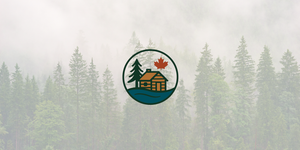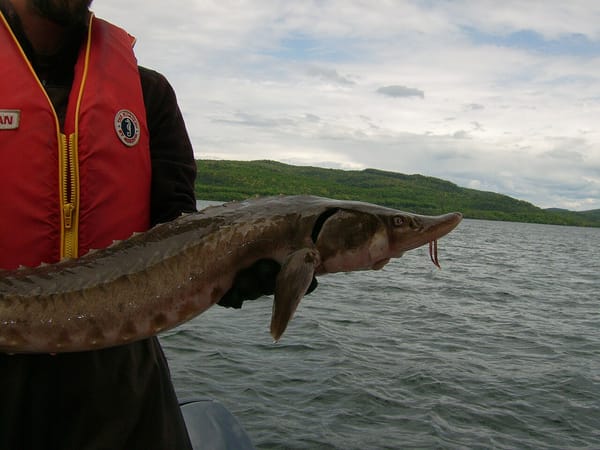Just northwest of Ottawa, tucked into the Gatineau Hills, sits one of Canada's strangest bodies of water. Pink Lake isn't pink at all – it's a brilliant turquoise that looks almost artificial against the dark forest. But the real mystery isn't the color. It's what's happening beneath the surface.
Pink Lake is one of only 58 meromictic lakes in Canada, which means its layers refuse to mix. While normal lakes turn themselves over twice a year like a gentle washing machine, Pink Lake's waters stay stubbornly separated.

The bottom seven meters have been cut off from oxygen for thousands of years, creating an underwater desert where nothing should survive.
A Prehistoric Survivor
In that oxygen-free zone lives something remarkable: a pink photosynthetic bacterium that predates most life on Earth. This ancient organism doesn't need oxygen. Instead, it uses sulfur to convert sunlight into energy, the same way early life forms did billions of years ago when Earth's atmosphere was toxic to creatures like us.
The lake also harbors three-spined sticklebacks, tiny fish that rode in with the Champlain Sea 10,000 years ago. When the ocean retreated and left behind scattered pools of saltwater, these marine fish somehow adapted to freshwater life. They're living fossils, swimming reminders of when whales cruised through what's now the Ottawa Valley.

The Green That Kills
That gorgeous turquoise color comes from microscopic algae blooming in the upper layers. Beautiful as it is, the algae are slowly suffocating the lake through a process called eutrophication. Left unchecked, they'd turn Pink Lake into a swamp within decades instead of the thousands of years this process normally takes.
The lake's popularity accelerated the damage. Erosion from foot traffic fed nutrients into the water, supercharging algae growth. Parks staff and volunteers planted 10,000 trees and built boardwalks and viewing platforms to halt the erosion.
It's working, but Pink Lake remains incredibly fragile.
How to Visit Without Wrecking It
The 2.3-kilometer trail loops around the lake with several sets of stairs and interpretive panels explaining the science. No dogs, no swimming, no boats – these aren't arbitrary rules but survival requirements for an ecosystem balanced on a knife's edge.
Summer visitors can park at the Pink Lake lot off the Gatineau Parkway. For the ambitious, three longer routes start from other parking areas and add anywhere from 7 to 10 kilometers to your hike. In winter, the trail closes but cross-country skiers can reach the lookout via an 8-kilometer loop from the Mackenzie King Estate.

The Pink family who gave the lake its misleading name in 1826 probably never imagined their homestead's pond would become a scientific curiosity. They definitely couldn't have predicted that a century and a half later, thousands would come just to stare at water that can't figure out how to mix itself properly.
But that's the thing about nature's oddities – they remind us that even in well-mapped places, mysteries still bubble just beneath the surface.






Join the Conversation